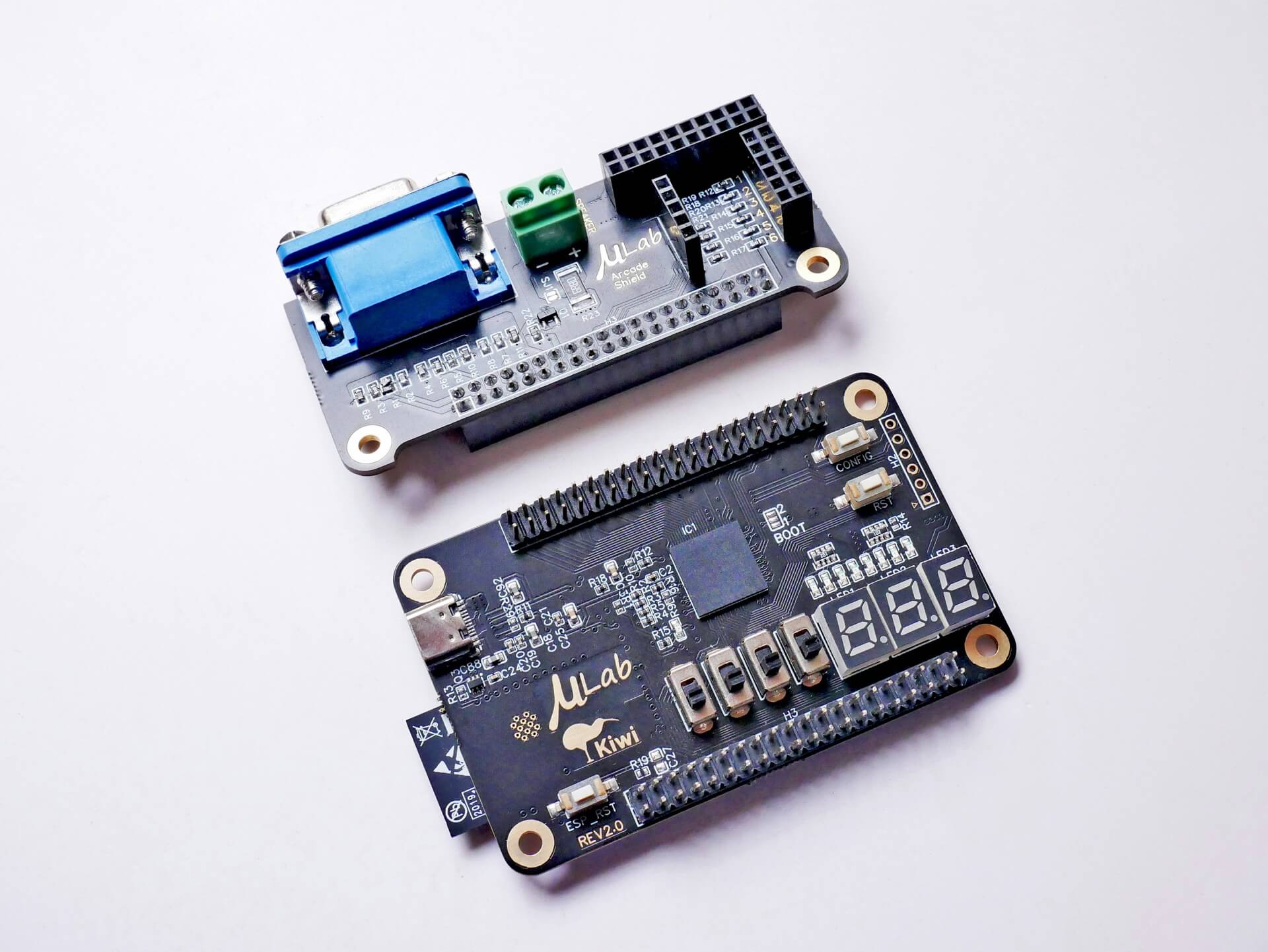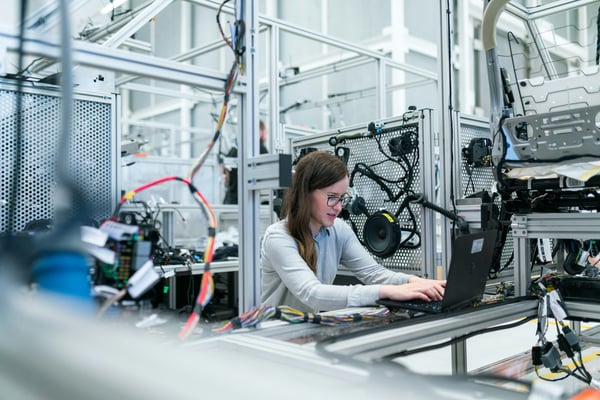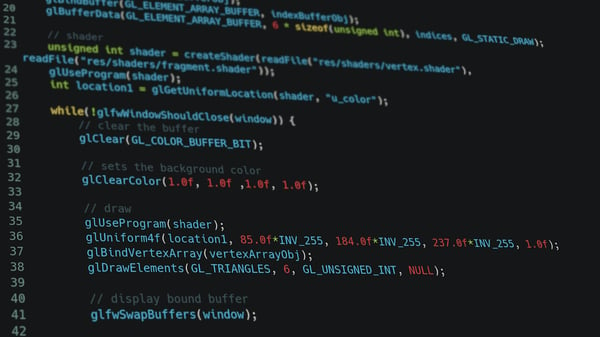Introduction
In the realm of modern industrial automation, the acronym "PLC," signifying "Programmable Logic Controller," embodies technological sophistication and operational efficiency.
As industries embrace digital transformation, understanding the nuances of a PLC becomes paramount.
What is a PLC ?
PLC stands for Programmable Logic Controller which is a specialized digital computer used in industrial automation and control systems to monitor, control, and automate various processes and machinery.
TechTarget define PLC as “A programmable logic controller (PLC) is a small, modular solid state computer with customized instructions for performing a particular task. PLCs, which are used in industrial control systems (ICS) for a wide variety of industries, have largely replaced mechanical relays, drum sequencers and cam timers.
More concretely, how does a PLC works?
.jpg?width=1920&height=1080&name=how%20does%20a%20plc%20works%20(3).jpg)
For a PLC to work, it needs two inputs.
1 - The data from the machine This inputs are all the data the PLC receives from the various sensors and detectors connected to the machines. These sensors measure physical quantities such as temperature, pressure, flow and machine levels in your plant. The inputs then send electrical signals to the PLC to represent the status of the monitored process.
2 - PLC programming
PLCs need to be programmed by your plant engineers to create sequences of logical instructions to tell the PLC how to react to the various inputs. PLCs can be programmed using a number of specific programming languages, such as Ladder, Structured Text or Structured Sequential Instruction (SSI).
Once the PLC has been programmed, it will be able to react to the various data received.
The PLC will then execute the program configured by the engineer. It will compare the input signals with the programmed conditions to determine the current state of the process. Based on the program, the PLC makes logical decisions to determine the actions to be taken. For example, if a certain condition is met (e.g. temperature exceeds a threshold), the PLC may trigger a specific action (such as turning off a ventilator).
PLCs are also connected to actuators, called outputs. Outputs are devices such as motors, valves, relays, etc., which perform physical actions in response to PLC instructions.
PLCs will therefore operate in what are known as scan cycles, meaning that they will periodically read the status of inputs, run the program to make decisions, and update outputs accordingly. This cycle is repeated continuously to maintain process control and automation. 🔁
One of the advantages of PLCs is their flexibility: the programs that indicate the decisions to be made on the basis of data can be modified and adapted to meet new requirements without having to physically change the hardware components. 🚀
Finally, PLCs can also communicate with other devices, systems or computers in your plant, enabling them to share data, receive instructions or coordinate actions with other parts of your system.
How does the PLC work with your plant's other systems ?
.jpg?width=1920&height=1080&name=How%20does%20the%20PLC%20work%20with%20your%20plants%20other%20systems%20%20(2).jpg)
Input / Output Signal :
As we saw earlier, inputs are signals from various sensors and detectors in your industrial process, such as temperature sensors, pressure transmitters or switches. This signal provides your PLC with data on the state of the process.
PLC :
✅ If you've read the previous section, you should already know the answer.
❌ If you skipped a few lines, here's what a PLC does: processes input signals, executes programmed logic, and controls output devices to automate your processes.
SCADA :
SCADA is a software system that provides you graphical interface for monitoring and controlling your industrial processes. It collects real-time data from your PLCs and other devices, displays visualizations (such as graphs and dashboards), and allows your operators to remotely monitor and manage processes. SCADA systems provide insights into real-time operations and enable your operators to make informed decisions.
MES :
MES is a software platform that manages and controls manufacturing your operations on the shop floor. It bridges the gap between your enterprise-level systems (like ERP) and your operational processes. MES tracks and manages your production in real time, monitors quality, enforces procedures, manages work orders, and provides you data for performance analysis and optimization.
ERP :
ERP is a comprehensive software system used to manage various aspects of your business, including finance, HR, supply chain, and more. In an industrial context, ERP systems handle higher-level functions like inventory management, order processing, financial planning, and enterprise-level resource allocation. It provides you a broader organizational perspective beyond the operational level of PLCs, SCADA, and MES.
Conclusion :
In the world of industrial automation, the Programmable Logic Controller (PLC) takes center stage, orchestrating processes with precision. Collaborating seamlessly with components like SCADA, MES, and ERP, the PLC forms a comprehensive ecosystem of control and insight.
However, amidst this symphony of data and efficiency, a crucial note remains unheard—the underutilization of PLC data. Often overlooked, this data holds untapped potential for unlocking insights and driving optimization.



